


History of the excavations
The first news of excavations at the Ferento site dates back to 1588, when the municipality of Viterbo granted Guglielmo di Domenico Fontana the license to “dig in the castle of Ferenti, and its circuit”.
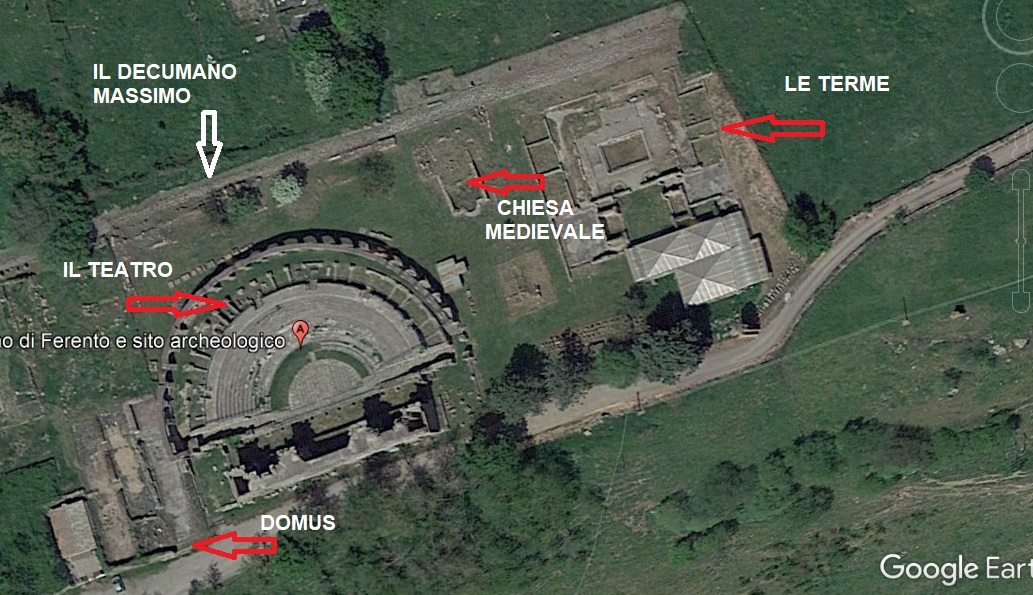
However, it can be assumed that as early as the first half of the sixteenth century limited burglaries had been carried out in the area of ​​the theater, the only monument that was always partially in view (as can be seen from a passage by the architect Antonio da Sangallo).

The first real interventions were carried out only in the first quarter of the nineteenth century, on the initiative of Francesco Orioli and Giacomo Semeria of the Academy of Sciences and Arts of the Ardenti in Viterbo and are concentrated in the Etruscan-Roman necropolis of the localities adjacent to the Ferento plateau.

The explorations continued between 1850 and 1866 with the excavations conducted by Giosafat Bazzichelli, probably around the theater.
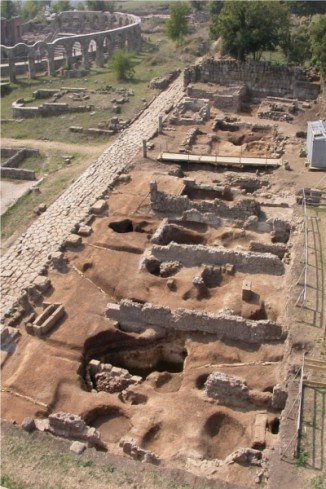
Only in 1900 did systematic campaigns begin in the necropolis and in the urban area, on the initiative of Luigi Rossi Danielli from Viterbo; initially the research concerned the necropolis of Borgo di Ferento and Pianicara, then the excavation of the stage and the scenic pit of the theater was undertaken. On this occasion, the statuary group of the Muses and the Pothos was found, which was the decoration of the front of the scene.

Between 1908 and 1909 a massive excavation work took place on the Ferento site, conducted by the “ProFerento Archaeological Society”, established in 1906 by Rossi Danielli himself. The baths and a section of the decumanus paving are brought to light; further trenches are opened to the north-east of the theater (one of these cuts the sector then investigated by the University of Viterbo). In 1909 Edoardo Galli of the Superintendence of Antiquities of Etruria directed the excavation of the eastern sector of the auditorium and the orchestra of the theater. But in the same year the death of Rossi Danielli marks the end of the Pro Ferento research.

New investigations on the Roman necropolis located in the north-eastern area of ​​the plateau were carried out in 19191920, while the excavations in the theater were resumed and completed only between 1925 and 1928 through the excavation directed by Pietro Romanelli of the Superintendence of Antiquities of Lazio. The last excavation work involved the western area of ​​the plateau between 1957 and 1960, with the opening of a trench that uncovered the entire western section of the decumanus and revealed a large part of a late republican domus to the west. of the theater. Excavations in the city of Ferento resumed in 1994 on the initiative of the Department of Sciences of the Anticod by the Faculty of Conservation of Cultural Heritage of the University of Tuscia.
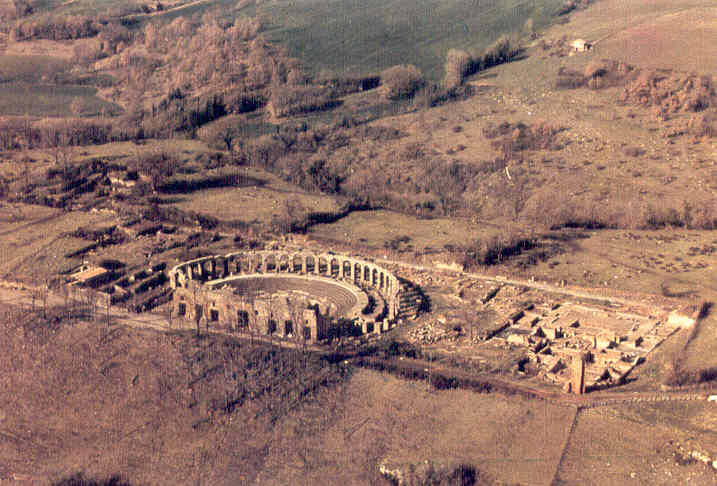
The history of the archaeological site
The human settlement on the Pianicara hill has a long life, divided into different phases, certainly between II BC and XII AD. The Roman city of Ferento is heir to the Etruscan center of Colle San Francesco Acquarossa, abandoned around 500 BC. After the social war, Ferento became a municipality with an urban area which, at the time of its maximum expansion, occupied the entire plateau (30 hectares).

The examination of the aerial photographs has allowed us to recognize a regular layout for strigas, perhaps from the third century BC, set on a main Estovest (decuman) axis, consisting of the urban stretch of the Via Ferentiensis.

Ferento experienced a special moment of prosperity in the early Julioclaudian age, with the construction of the theater, a large thermal plant and the restructuring of the forensic complex.
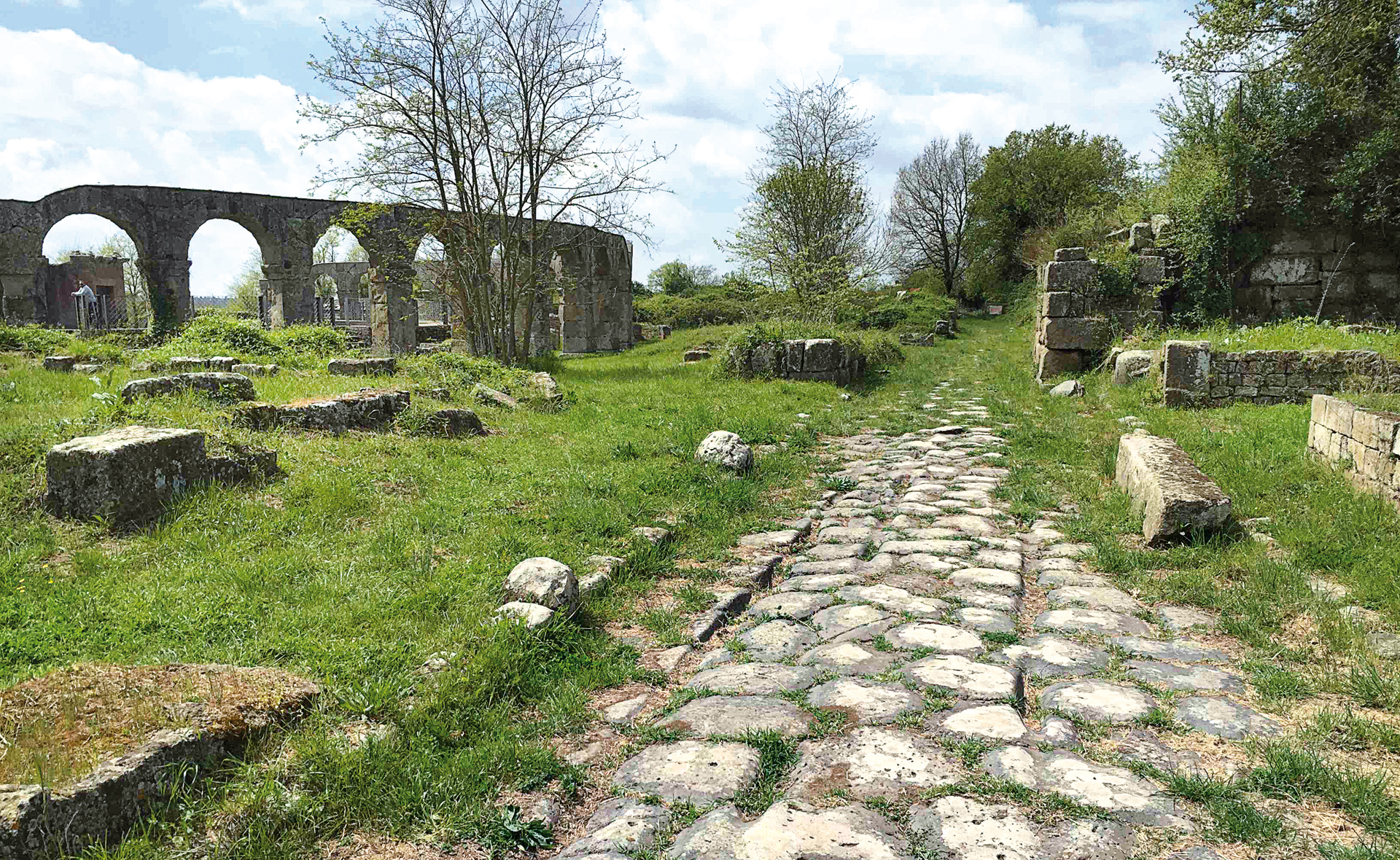
The continuity of the town in late antiquity is evidenced by the existence of the diocese, documented from 487 to 649. But the events of the Greek-Gothic conflict and the subsequent Lombard occupation, which took place shortly after 605, determined for Ferento the beginning of a period of economic and demographic crisis.

Its archaeological evidence is observed in the disintegration of the urban fabric and in the shrinkage of the inhabited area, marked by the construction of a defense wall that cuts the plateau at the height of the theater and by the lack of traces of stable life in the area east of the wall. Also deprived of the episcopal seat, transferred as early as the early seventh century, to Bomarzo, Ferento reduced to the role of a fortified post of the gastaldato of Tuscania, near the Lombard-Byzantine border.

This marginal role of Ferento was partially overcome by its insertion in the 9th century in the territories of the Church; and the city, remembered as civitas, retains a certain importance in the administration of the territory.

Nothing is known about the political and institutional structure of Ferento between the 11th and 12th centuries, however a certain fact is represented by the expansion of the inhabited area, with the progressive reoccupation of the spaces east of the theater and the construction of a new wall enclosing a more vast. The economic and demographic growth of the settlement leads to friction with the nearby municipality of Viterbo.
The conflict culminates with the complete destruction of Ferento by the Viterbo people between 1170 and 1172. With a diploma issued in 1174, the imperial legate in Italy absolves Viterbo from the imperial ban caused by the destruction of the rival city and recognizes the annexation of the territory of Ferento to the Viterbo countryside.
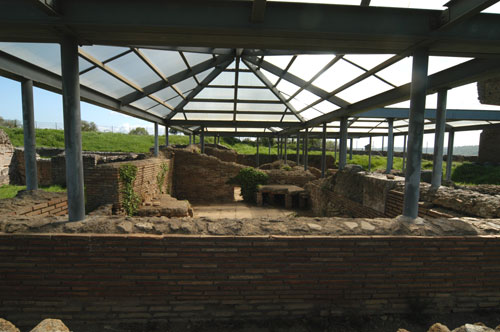
In the early thirteenth century the abandonment of Ferento must have been completed and the possessions of the two richest churches in Ferento were transferred to those of Viterbo. The occasional visits to the site in the following centuries are linked to the extraction of iron and vitriol.
Roman Archaeological Site of Ferento
Address: Antica Città Romana di Ferento, Strada Ferento, 2, 01100
Phone: +393287750233
Site:
https://www.archeotuscia.com/Location inserted by
simonetta pacini